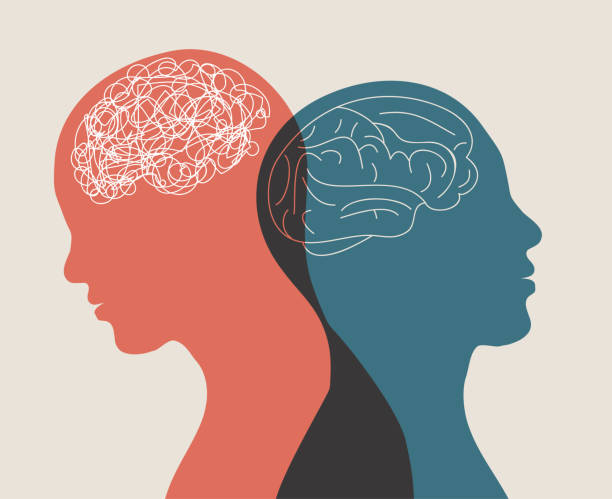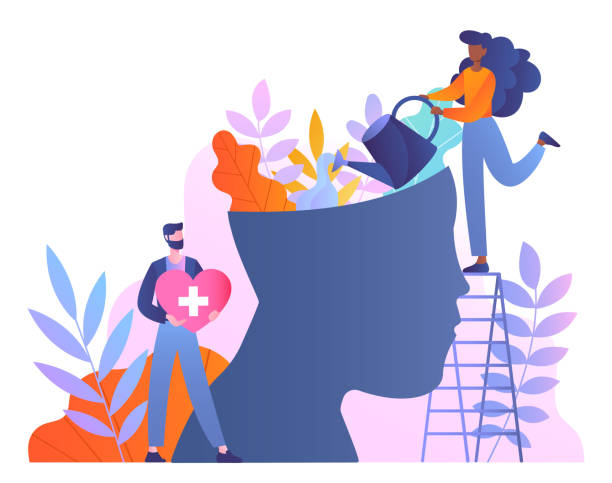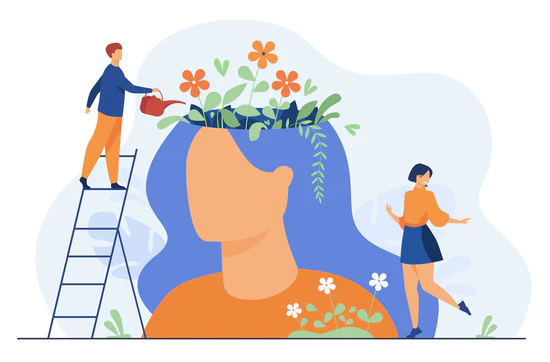“If I’m not working, I’m failing.”
That quiet voice in your head isn’t just stress—it’s productivity guilt, born in the age of hustle culture, where rest is rebellion.
What Hustle Culture Actually Is?
At its core, hustle culture glorifies relentlessness, celebrating 4 AM routines, constant side hustles, and the idea that “busyness = success.” The mantra is simple: work harder, longer, and skip rest—because real achievers never stop/
Social media’s role
From “Rise and Grind” to side-hustle successes, platforms like Instagram supercharge performance pressure with curated perfection.
Gen Z & Millennials leading the charge
Surveys show a huge chunk of young people feel they must hustle:
- 80% of Gen Z workers say hustle culture creates unrealistic expectations.
- A staggering 65% of workers admit extra hours are necessary to get ahead.
Yet, as revenue culture rallies on, mental-health indicators have taken a dive.
Read More- Genz and Language
The Guilt of Not Doing Enough
“I feel lazy even when I’m resting.”
If that hits hard, welcome to productivity guilt, the psychological knot that says downtime equals failure
Why We Feel It
- Cultural reprogramming: From childhood, success gets tied to effort and output.
- Social comparison: Passive scrolling tricks us into believing everyone else is crushing it constantly.
- Perfectionism: Setting impossibly high standards leads to a cycle of guilt for not achieving perfection.
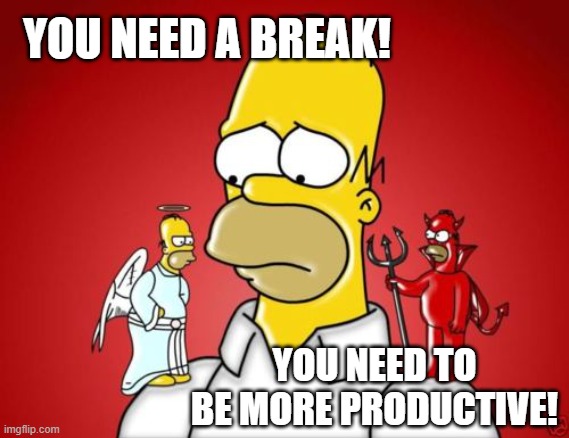
The Downside
- Impostor syndrome thrives here—feeling you’re never doing enough even when you are.
- Anxiety, sleep problems, mood drops, and chronic stress become the norm.
The Health Toll of Hustle
1. Burnout & Mental Drain
- A 2024 Mercer report warns 80% of employees are at risk of burnout.
- Harvard Business Review noted clarity and creativity plummet when we force ourselves beyond sustainable effort
People report feeling:
- Drained at the end of the day (e.g., IT worker in South Korea working 9:30 a.m.–10 p.m.)
- More anxious, depressed, cognitively fogged—and unable to actually produce at real capacity .
2. Physical Health Risks
- Cortisol overload leads to sleep issues, weakened immunity, even chronic conditions like heart disease and diabetes
- OSHA estimates 83% of U.S. workers report stress related to work, tied to 120,000 annual deaths
- Working 55+ hours weekly significantly ups risk of stroke, coronary disease, and burnout
3. Relationships & Identity
- Sacrificed lunch breaks, missed family dinners, social FOMO—“workaholic” often equals “lonely.”
- Australian stats reveal younger employees forgoing breaks, feeling burnout, and losing connection
- Redditors call hustle culture toxic, eroding relationships and stripping life just for the appearance of success
Toxic Productivity Versus Healthy Productivity
Defined as an obsession with output over wellbeing, toxic productivity pressures leave no room—no rest, no reset, no “good enough”.
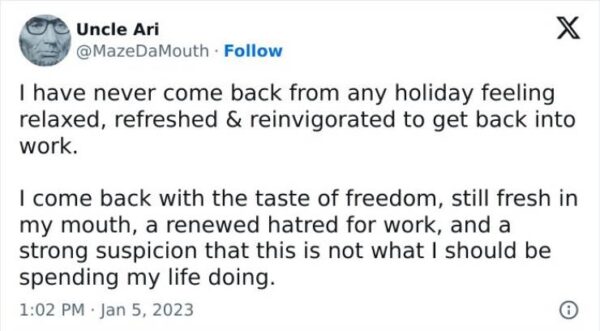
Indicator checklist:
- Guilt at rest
- Skipping breaks or meals
- Unhealthy attachment to busyness
- Fear and shame tied to downtime
Healthy Productivity
Experts highlight a more sustainable model:
- 80/20 rule: Focus on the critical 20% that drives the work
- Performance vs. learning goals: Value input and growth .
- Structured breaks: Try Pomodoro or deep-work/rest cycles .
This posture reduces burnout and enhances depth of output.
Your Challenge (If You’re Ready to Ditch the Guilt)
- This week, track when productivity guilt creeps in. Is it during rest? After dinner?
- Replace one “busy badge” phrase with a real rest: cancel a meeting, take a 30-min walk.
- Try the Pomodoro rule: 25 min work / 5 min break, repeat 4×, then longer rest.
- Define your 1 big win and finish with joy, not exhaustion.
- Journal: “What did my rest give me today?” Insight, creativity, peace?
Celebrate yourself for every boundary drawn, every breath taken. Rest is not retreat—it’s rebirth.
Final Word
Productivity guilt isn’t just inconvenience—it’s cultural sabotage, hacking your joy and eroding your essence. But we’re not powerless. With self-kindness, strategic structure, and systemic change, we can shift toward a world that values quality over quantity, growth over grind, and presence over productivity.
So the next time your inner critic whispers, “You should be doing more”, let that be your cue: to pause.
References
Mercer. (2024). Global talent trends study. Mercer.
Lee, J. (2024, February 12). I work from 9:30 a.m. to 10 p.m. every day — and I still can’t finish my tasks. The Korea Times.
Smith, A. (2024, March 5). Gen Z’s demand for work-life balance reshapes the workplace. The Guardian.
Johnson, R. (2024, January 15). The rise of toxic productivity: When hustle hurts. Vogue.
Williams, L. (2024, February 10). Are you a victim of toxic productivity? Self. Retrieved from Green, S. (2024, April 20). Why the 80/20 rule is the game-changer in productivity. Harvard Business Review.
Occupational Safety and Health Administration. (2023). Workplace stress: A silent killer. OSHA.
Parker, M. (2023). How cortisol overload affects your body. Psychology Today.
Suler, J. (2004). The online disinhibition effect. CyberPsychology & Behavior, 7(3), 321–326.
Brubaker, J. R., Hayes, G. R., & Dourish, P. (2013). Beyond the grave: Facebook as a site for the expansion of death and mourning. The Information Society, 29(3), 152–163.
Boss, P. (1999). Ambiguous loss: Learning to live with unresolved grief. Harvard University Press.
Subscribe to PsychUniverse
Get the latest updates and insights.
Join 3,030 other subscribers!
Niwlikar, B. A. (2025, June 30). Hustle Culture and 3 Important Health Toll of Hustle. PsychUniverse. https://psychuniverse.com/hustle-culture/

